BLOG
Categories
How to Discipline Adopted Children with Trauma: Effective Strategies for Support
Understanding Trauma in Adopted Children
Adopted children may experience trauma that affects their behavior and relationships. Recognizing how trauma influences these areas can allow for more effective support and care.
The Impact of Trauma on Child Behaviour
Trauma can greatly influence how a child behaves. Adopted children with trauma might show aggressive behaviors or become withdrawn.
These reactions are often responses to past experiences, where they felt unsafe or neglected. Such behaviors are the child's way of coping with memories that are hard to forget.
When you notice these behaviors, it is crucial to respond with sensitivity and patience. Children with trauma need environments that feel safe.
Clear rules and routines can help them feel more secure. Consistency offers them a sense of control and predictability in their lives.
Recognizing Signs of Trauma and Anxiety
Recognizing signs of trauma in adopted children is vital. You might notice that a child seems unusually anxious or scared.
They may have trouble sleeping or show signs of sadness that don't seem to improve. Sometimes, anxiety might appear as irritability or mood swings.
Understanding these signs can guide you to provide better support. Create a space where the child feels comfortable expressing their feelings.
Encouraging open communication without pressure can help build their confidence and lessen feelings of anxiety.
The Role of Attachment and Trust
Attachment and trust are key components in the recovery from trauma. When a child forms a secure attachment, they feel valued and understood.
Building trust with an adopted child requires time and consistent effort. Developing an attachment bond involves being reliable and patient.
Encourage the child to engage in activities that promote bonding, like playing games or storytelling. Building trust will help the child feel safe and secure, reducing the impact of their past trauma.
Reactive Attachment Disorder (RAD) can occur when children have not formed healthy attachments early on. Being aware of this can help in addressing the specific needs of the child.
Fostering trust and attachment is essential for helping the child thrive in a new environment.
Principles of Positive Parenting and Discipline
Adopted children with trauma need a compassionate approach to discipline that emphasizes safety, trust, and understanding. These principles can help create a nurturing environment that fosters positive development and strong relationships.
Establishing Safety and Boundaries
Creating a safe environment is crucial for a child with trauma. Safety means both physical and emotional protection.
You should offer a consistent routine, which helps your child feel secure and know what to expect each day. Boundaries are also important and should be clear but flexible.
They guide behavior while respecting your child’s experience. It's essential that boundaries are explained in a calm and clear manner.
Consistency is key. When children know the rules won’t change suddenly, it helps them feel secure.
Physical punishment should be avoided, as it can trigger past trauma.
Building Trust and Secure Attachment
To build trust, be available and responsive to your child's needs. This involves actively listening and showing empathy.
Spend quality time together to strengthen your connection. This not only builds trust but also forms a secure attachment, which is the foundation for healthy development.
Secure attachment means your child feels safe and loved, even in new situations. Positive reinforcement, such as praise and encouragement, can strengthen attachment and promote good behavior.
By acknowledging their feelings and being consistently loving, you help your child develop confidence and self-esteem.
Understanding Emotional Responses
Adopted children with trauma might display intense emotional responses due to past experiences. It's important to understand these emotions and not take them personally.
Acknowledge your child’s feelings and validate their experiences without judgment. This helps them manage their emotions effectively.
Teach coping strategies for handling overwhelming feelings. Deep breathing or drawing can be calming activities.
Encouraging your child to express themselves in safe ways is crucial. By being patient and empathetic, you guide them toward healthier emotional responses.
In turn, this supports their emotional growth and resilience.
Effective Discipline Strategies for Children with Trauma
Understanding how to effectively discipline children with trauma is essential for creating a supportive environment. These strategies focus on applying consistent procedures and managing challenging behaviors to help children feel safe and understood.
Applying Evidence-Based Procedures
Utilizing evidence-based methods is vital when disciplining children with trauma. These procedures are grounded in research and have proven successful in similar situations.
Consistency is key, as it helps children know what to expect and reduces anxiety. Establish clear rules and maintain them without sudden changes.
Time-out is a useful technique, especially when adapted to the child’s needs. Ensure it’s a calm space where your child can relax rather than feel isolated.
This method helps them regain control over their emotions. Another valuable approach is positive reinforcement.
Praise and reward desired behaviors to motivate and encourage your child. This can be more effective than focusing solely on correcting negative actions.
Engaging with your child in regular conversations about behaviors and consequences enhances their understanding of expectations.
Correcting Negative Behaviors and Tantrums
When dealing with negative behaviors and tantrums, it’s important to approach these situations calmly and without frustration. Identify triggers that may lead to disruptive behavior.
Remove or lessen these triggers whenever possible to prevent outbursts. Ignoring minor behaviors might be beneficial, as long as they aren't harmful.
Sometimes attention can reinforce negative actions. Instead, focus on encouraging positive interactions.
Use natural consequences to teach your child about the results of their actions. Make sure these consequences are fair and directly related to the behavior.
In stressful moments, redirection can help. Offer alternatives that allow your child to express their emotions in a healthy way.
Encourage deep breathing or a quiet activity to ease tension. Building these strategies into daily routines promotes better behavior management and fosters a supportive environment.
Supporting Social Skills and Well-Being

Focusing on social and emotional skills can greatly impact the well-being and long-term happiness of adopted children with trauma. Building these skills helps children interact better with others and improves mental health.
Encouraging Social and Emotional Development
Help your child develop social skills by creating opportunities for them to interact with others. Encourage playdates or group activities where they can practice communication and cooperation.
Children learn best through modeling, so demonstrate appropriate social behavior when you're with them. Teach your child to express their emotions using words.
Providing them with a vocabulary for emotions like happy, sad, or frustrated can be extremely helpful. Encourage them to talk about how they’re feeling in safe, open conversations.
Neuroplasticity, or the brain's ability to change and adapt, plays a significant role. Positive social interactions fuel brain development and emotional growth, particularly in toddlers and young children.
Engaging in activities that require social interaction, like playing team sports, can boost both social skills and emotional well-being.
Promoting Long-Term Happiness
Focus on creating routines that foster a sense of security and predictability. Consistent daily schedules can make a big difference in helping your child feel safe and supported.
Encourage interests and hobbies that bring joy and act as outlets for stress and anxiety. Activities like drawing, dancing, or building things can provide a therapeutic outlet, enhancing happiness and mental health.
Be mindful of your child's mental health by observing their emotional and social behavior. Encourage discussions about feelings and practice active listening.
This helps in addressing any issues early, allowing you to support their long-term happiness effectively.
Implementing Trust-Based Relational Interventions

Implementing Trust-Based Relational Intervention (TBRI) involves techniques grounded in building meaningful connections and understanding trauma's impact on adopted children. Key components focus on effective discipline and addressing common misconceptions in practice.
The Connected Child and Parenting Discipline Strategy
The TBRI approach emphasizes The Connected Child methodology, focusing on forming secure attachments with children who have experienced trauma. This strategy highlights the importance of creating a safe and nurturing environment, allowing children to express themselves without fear.
Parenting discipline strategies within TBRI use principles like Empowering, Connecting, and Correction to guide behavior. Empowerment refers to providing the child with choices to foster independence.
Connecting involves establishing trust through consistency and responsiveness. Correction is about gentle guidance rather than punishment, reinforcing positive behaviors rather than focusing solely on missteps.
Clinical Practice and Overcoming Misperceptions
In clinical practice, TBRI provides a structured yet flexible way to support healing. Practitioners apply techniques that integrate caregiving with therapeutic elements, which are crucial for effective intervention.
Many clinicians find that consistently applying TBRI strategies contributes significantly to behavioral improvements over time. Overcoming misperceptions about TBRI is crucial for successful implementation.
Some may wrongly assume it’s too lenient or only applicable in specific cases. It's important to recognize TBRI as a comprehensive model adaptable to various situations.
Ensuring proper training and understanding among caregivers and clinicians enhances the approach’s effectiveness and benefits for children in need.
Frequently Asked Questions

When disciplining adopted children with trauma, it's crucial to focus on understanding their unique needs and behaviors. Implement strategies that promote emotional healing and foster trust.
What strategies can be implemented to discipline children from foster care without using corporal punishment?
Use positive reinforcement to encourage good behavior. Establish consistent routines that provide a sense of safety.
Offer choices to empower the child in decision-making. Implement time-ins rather than time-outs to ensure communication and connection.
How can one differentiate between trauma behaviors and typical child misbehavior in adopted children?
Trauma behaviors often stem from fear or anxiety and may appear as unusually intense reactions. Typical misbehavior is more likely to be intentional and situation-specific.
Understanding the child’s trauma history helps in making these distinctions.
What are appropriate disciplinary techniques for children with a history of trauma?
Techniques include using natural consequences to teach lessons and practicing active listening to validate feelings. Redirection is effective for managing inappropriate behavior.
Encourage open dialogue to understand the emotions behind actions.
Why is it essential to understand the underlying needs behind a traumatized child's behavior?
Recognizing needs is key to helping the child feel safe and supported. Needs often include stability, reassurance, and connection.
Addressing these needs can prevent negative behaviors and promote healing.
How does a trauma-informed approach affect discipline methods for adopted children?
A trauma-informed approach tailors discipline to the child's emotional and psychological needs. It emphasizes relational safety and prioritizes compassion and patience over punishment, aiming to rebuild trust and security.
What should caregivers in a foster or adoptive situation consider when establishing discipline policies for children with traumatic backgrounds?
Caregivers should consider the child’s past trauma and triggers.
Discipline policies should focus on teaching rather than punishing.
RECENT POSTS
Bringing and keeping families together!










